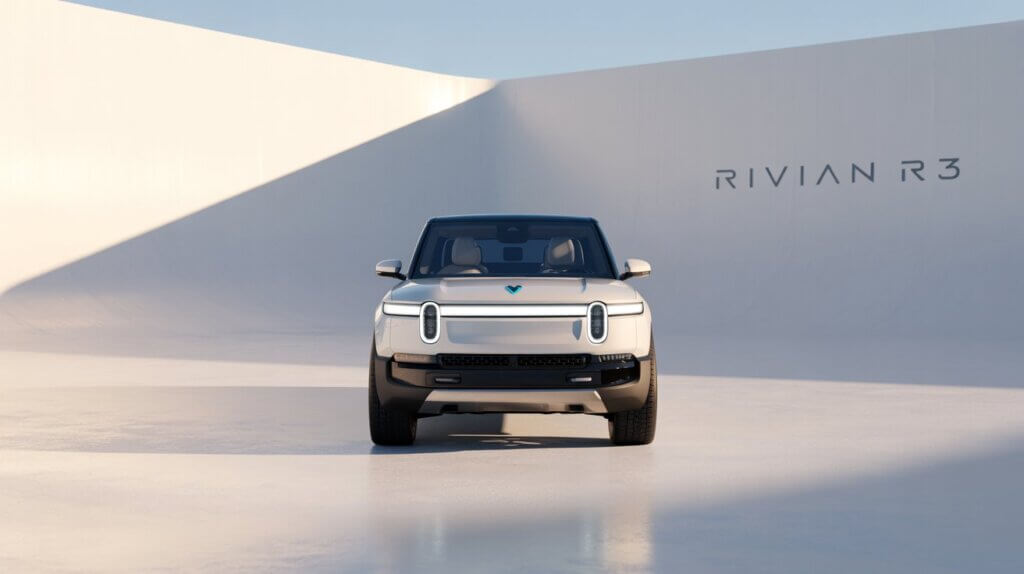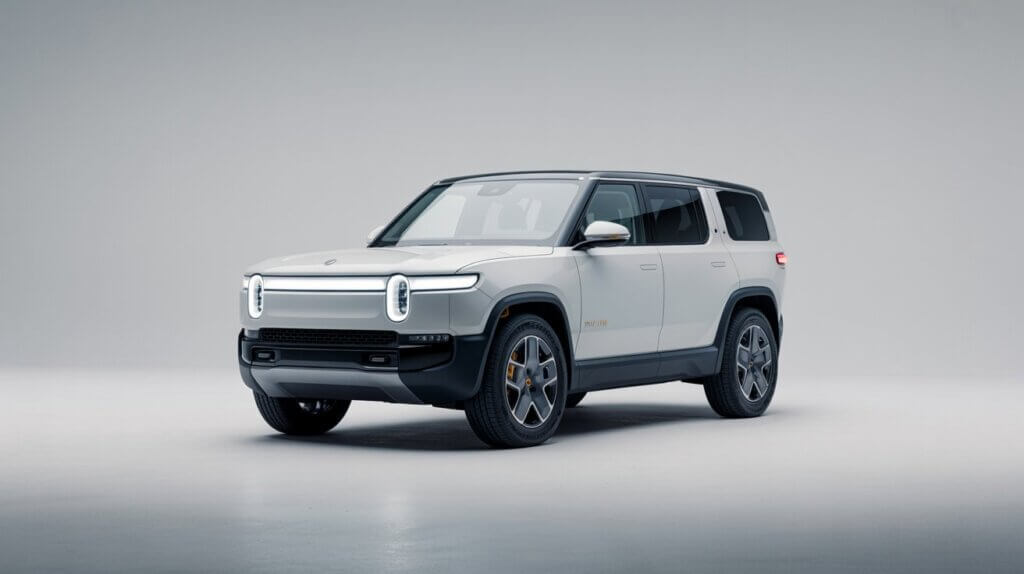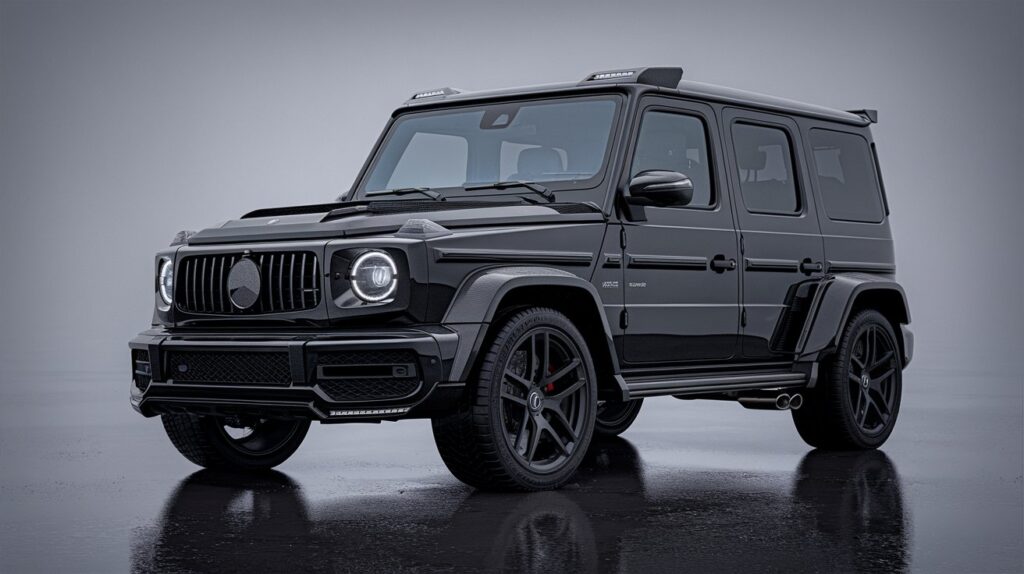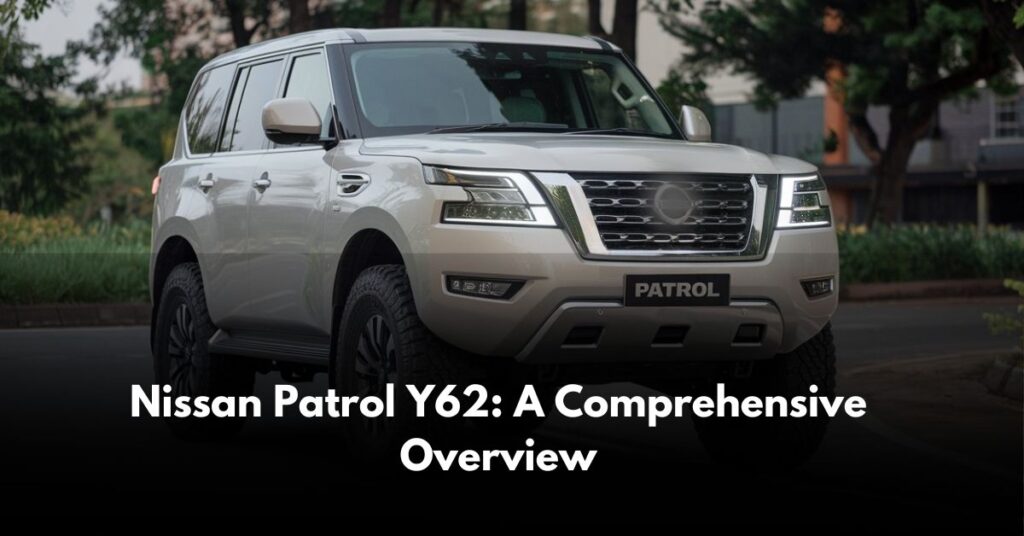Rivian has swiftly carved out a unique niche in the burgeoning electric vehicle market, offering rugged yet refined adventure-ready machines that seamlessly blend capability with sustainable performance. With the highly anticipated R2 SUV on the horizon, the brand pulled a surprise rabbit out of its hat, unveiling two even more compact and equally intriguing models: the Rivian R3 and its bolder sibling, the R3X. This duo signals Rivian’s clear intent to expand its reach beyond the larger, premium R1T and R1S, targeting a broader audience seeking a versatile EV that’s equally at home navigating cityscapes as it is tackling challenging trails.
But what exactly do these new, smaller Rivians bring to the table? Let’s dive into a preview of the R3 and R3X, exploring their design, anticipated capabilities, and how they might fit into the evolving EV landscape.
Table of Contents
A Fresh Take on Compact Electric Design
The R3 and R3X immediately stand out with their distinctive design, a clear departure from the more traditional SUV silhouettes of their R1 and R2 brethren. Both models adopt a crossover-hatchback form factor, reminiscent of classic rally cars and European hot hatches, yet infused with Rivian’s signature rugged aesthetic. Think Lancia Delta Integrale meets modern EV.
The Rivian R3 showcases a clean, minimalist design with a sloped rear window and a prominent spoiler that flows seamlessly from the roofline. It retains Rivian’s characteristic oval headlights and a full-width taillight bar, but with a more integrated look than the R2. Its proportions suggest agility and urban maneuverability, while still hinting at underlying capability. We anticipate its dimensions to be notably smaller than the R2, with a wheelbase reportedly around 110.2 inches and an estimated overall length of about 170-175 inches, putting it in the ballpark of compact crossovers like the Kia Seltos or Chevy Bolt EUV, though with a more robust stance.

The Rivian R3X, on the other hand, takes the R3’s formula and dials up the aggression. This performance-oriented variant boasts a wider stance, higher ground clearance, and more aggressive fender flares. It features unique wheel designs, often with a more aggressive tire tread, and distinctive orange accent colors on elements like the side mirrors and front tow hooks. The R3X is clearly designed to evoke a rally-inspired spirit, promising enhanced off-road prowess without sacrificing its urban appeal. It’s the kind of vehicle that says, “I can do the school run, and then I can conquer a muddy trail on the way to the cabin.”
Power, Performance, and Anticipated Range
While concrete figures are still under wraps, Rivian has indicated that the R3 and R3X will share the new mid-size platform developed for the R2. This means they will likely come with single-motor (rear-wheel drive), dual-motor (all-wheel drive), and even a potent tri-motor (all-wheel drive) configuration, with the latter likely reserved for the R3X.
Rivian has hinted at impressive performance, stating that the tri-motor variants of both the R2 and R3 could achieve a 0-60 mph sprint in under 3 seconds. This would put the R3X firmly in the territory of high-performance EVs, a truly remarkable feat for a compact crossover.
In terms of range, the R3 is expected to offer at least two battery pack options: a standard pack and a larger pack. Rivian has stated that the larger battery pack should provide an estimated driving range of over 300 miles. Given the R3’s smaller size and potentially lighter weight compared to the R2, it’s reasonable to expect its efficiency to be quite competitive. The R3 and R3X will utilize Rivian’s new 4695 battery cells, which are expected to offer improved energy density and packaging efficiency.
For charging, both models will come with a North American Charging Standard (NACS) port, aligning with the broader industry shift towards Tesla’s charging connector. While specific charging speeds haven’t been confirmed, it’s anticipated they will support rapid DC charging speeds similar to or even exceeding the R1 platform’s 220 kW, allowing for quick top-ups on road trips.
Interior Tech & Thoughtful Practicality
Rivian’s interiors are known for their blend of rugged functionality and premium minimalism, and the R3 and R3X are expected to follow suit. While detailed interior shots are limited, the design language appears consistent with the R2, featuring large, central infotainment displays and a separate driver information screen.
Expect a clean dashboard layout, durable yet tactile materials, and plenty of clever storage solutions – a hallmark of Rivian’s design philosophy. Unique seating materials and distinctive accent colors, especially in the R3X, will likely differentiate the cabin experience further. Rivian has historically opted for its own proprietary infotainment system rather than integrating Apple CarPlay or Android Auto, a trend likely to continue with the R3 and R3X, though their systems are generally user-friendly and well-regarded.
Practicality will be a strong suit. The hatchback design should offer good cargo accessibility, and reports suggest the rear seats will fold completely flat, creating a versatile space ideal for camping gear, sports equipment, or even car camping. This thoughtful design speaks to Rivian’s “adventure lifestyle” ethos.
The Real-World Appeal: Who is the R3/R3X For?
The R3 and R3X are poised to appeal to a wide array of buyers.
- Urban Explorers: Their compact dimensions and agile performance will make them excellent for city driving, easily navigating tight streets and parking spaces.
- Active Lifestyles: With anticipated impressive range and genuine off-road capability (especially the R3X), they’re perfect for weekend adventures, whether that’s hitting mountain bike trails, heading to the beach, or exploring unpaved roads.
- Eco-Conscious Consumers: As fully electric vehicles, they offer a sustainable choice without compromising on performance or utility.
- Budget-Conscious Buyers: While not “cheap,” the R3 is expected to be Rivian’s most affordable offering, with an estimated starting price potentially around $37,000, making Rivian ownership more accessible. The R3X might start closer to $45,000-$50,000.
Pros and Cons
Pros: The Rivian R3 and R3X boast a highly distinctive and appealing design that sets them apart from the typical crossover, blending urban chic with rugged capability. They are built on Rivian’s next-generation platform, promising advanced technology, impressive performance with potential sub-3-second 0-60 mph times for tri-motor variants, and an estimated range of over 300 miles for larger battery options. Their compact size makes them ideal for urban environments, while genuine off-road prowess, especially in the R3X, opens up diverse adventure possibilities. The practical hatchback design with fold-flat rear seats enhances versatility, and the expected starting price makes Rivian ownership more attainable for a broader audience.
Cons: The most significant drawback is the long wait, with production anticipated to begin in 2028, making them 2029 model-year vehicles at the earliest. Like other Rivians, the R3 and R3X are not expected to feature Apple CarPlay or Android Auto, which could be a dealbreaker for some tech-savvy buyers who prefer seamless smartphone integration. While more affordable, they are still premium vehicles, and the R3X’s pricing could push into the mid-$50,000s or more, depending on configuration. As a relatively new automaker, Rivian’s long-term service and reliability network are still evolving compared to established brands, a consideration for some potential owners.
Comparison with Potential Rivals
The Rivian R3 and R3X carve out a fairly unique space, but they will inevitably face competition from a range of electric vehicles, both established and emerging.
- Hyundai Ioniq 5 / Kia EV6: These popular EVs offer compelling range, sleek designs, and fast charging. While they lean more towards urban and highway cruising, the R3X will likely surpass them in dedicated off-road capability and rugged aesthetic. The R3’s smaller footprint might also appeal to those finding the Ioniq 5 a bit too large.
- Volkswagen ID.3 / Skoda Enyaq: These European offerings focus on practicality and comfortable family transport. The Rivian duo will differentiate itself with a stronger emphasis on adventure and performance, particularly the R3X.
- Subaru Solterra / Toyota bZ4X: While these offer some off-road pretenses, the Rivian R3X is expected to deliver a much more robust and performance-oriented off-road experience, truly living up to its rally-inspired looks.
- Future Scout Brand EVs: Volkswagen Group’s upcoming Scout brand, with its focus on rugged electric trucks and SUVs, will be direct competitors, though they may operate in a slightly larger class than the compact R3.
For those curious about other exciting developments in the EV world, consider exploring recent developments in compact electric vehicles like the Omoda E5, which is entering the global market with its own blend of style and efficiency.
Production Timeline and Ownership Insights
It’s crucial to manage expectations regarding the Rivian R3 and R3X’s availability. While unveiled with much excitement, Rivian has stated that the R3 will enter production after the R2, which is slated for early 2026. Current estimates suggest R3 production could begin in 2028, likely making them 2029 model-year vehicles. This long lead time gives Rivian ample opportunity to refine the vehicles and scale up production at their new Georgia manufacturing facility.

Ownership of a Rivian is often seen as a lifestyle choice. The brand has built a strong community around its adventurous ethos, and the R3 and R3X are poised to extend this. Rivian’s charging network, the “Rivian Adventure Network,” continues to grow, providing reliable fast charging for long-distance trips. While service infrastructure is still expanding compared to legacy automakers, Rivian is actively investing in mobile service and dedicated service centers to support its growing fleet. Information on warranties and maintenance will become clearer closer to launch, but expect competitive coverage consistent with the premium EV market.
Conclusion: A Compact Contender with Big Ambitions
The Rivian R3 and R3X represent an exciting evolution for Rivian, venturing into the compact EV segment with a fresh, captivating design and the promise of exhilarating performance coupled with genuine capability. They offer a compelling blend of urban practicality and off-road readiness, particularly the rally-inspired R3X. While the wait for their arrival will be substantial, the anticipation is well-warranted.
These vehicles are for the urban dweller with an adventurous spirit, the weekend warrior seeking a versatile electric companion, or anyone who appreciates a vehicle that looks as good navigating city streets as it does kicking up dust on a gravel road. The R3 and R3X are more than just smaller Rivians; they’re a statement of intent, showcasing Rivian’s vision for a future where sustainable mobility doesn’t compromise on excitement or exploration. Keep an eye on these two – they’re set to make a significant splash.
FAQ Section
Q1: What are the main differences between the Rivian R3 and R3X? A1: The Rivian R3 is the more standard compact electric crossover, featuring a clean, hatchback-like design. The R3X is a performance-oriented variant of the R3, characterized by a wider stance, higher ground clearance, more aggressive styling elements like flared wheel arches and unique wheels, and is expected to offer more powerful motor configurations, potentially including a tri-motor setup, for enhanced off-road and on-road performance.
Q2: When will the Rivian R3 and R3X be released? A2: Rivian has indicated that the R3 and R3X will enter production after the R2, which is slated for early 2026. Current estimates suggest that production for the R3 and R3X could begin in 2028, meaning they would likely be available as 2029 model-year vehicles.
Q3: What is the estimated price range for the Rivian R3 and R3X? A3: While official pricing has not been released, the Rivian R3 is expected to be the most affordable Rivian, with an estimated starting price of around $37,000 for the base model. The higher-performance R3X is anticipated to start closer to $45,000, potentially ranging up to $50,000 or more depending on configurations and options.
Q4: What kind of range can be expected from the Rivian R3 and R3X? A4: Rivian has stated that models with the larger battery pack on the R2 platform (which the R3 shares) should offer an estimated driving range of over 300 miles. Given the R3’s smaller size and potentially lighter weight, its real-world range could be quite competitive, potentially meeting or exceeding this figure for some configurations.
Q5: Will the Rivian R3 and R3X have Apple CarPlay or Android Auto? A5: Based on Rivian’s current strategy with its R1T and R1S models, it is unlikely that the R3 and R3X will support Apple CarPlay or Android Auto. Rivian typically integrates its own proprietary infotainment system, which offers a comprehensive suite of features and functionality directly through the vehicle’s large central display.
Q6: What kind of charging capabilities will the R3 and R3X have? A6: The Rivian R3 and R3X will feature a North American Charging Standard (NACS) port, allowing them to utilize Tesla’s extensive Supercharger network, in addition to other NACS-compatible chargers. While specific kW ratings haven’t been confirmed, they are expected to support robust DC fast charging speeds, likely comparable to or exceeding the R1 platform’s 220 kW, for quick replenishment of the battery.
Q7: How do the R3 and R3X compare in size to other Rivian models? A7: The R3 and R3X are significantly more compact than the R1T pickup and R1S SUV. They are also smaller than the R2, with the R3 having a wheelbase reportedly about 5 inches shorter than the R2’s. This positions them as Rivian’s most urban-friendly and maneuverable vehicles to date.
Q8: Are the Rivian R3 and R3X genuinely capable off-road? A8: While the R3 is designed for versatile use, the R3X variant is specifically engineered for enhanced off-road performance. It features higher ground clearance, wider tires, and more aggressive exterior elements. Rivian has a strong reputation for off-road capability in its R1 models, and the R3X is expected to carry that torch in a more compact, rally-inspired package, offering a “higher speed type of vehicle” for trails and exploration, as described by Rivian’s CEO.

